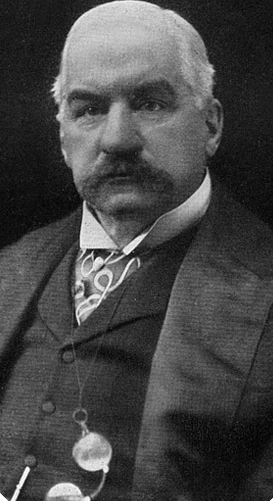Posted May 01, 2023
By Sean Ring
The Most Important Metal You’ve Never Heard Of and Why It Matters.
- This metal is used in everything from steel to aerospace.
- But while the US produces it domestically, it’s insufficient to meet all the demand.
- Unfortunately for the US, the countries that export it aren’t on the friendliest terms.
Good morning from an overcast Asti!
This week is another one on the Astigiani (AH-stee-johnny) calendar, where almost everyone has the first few days off.
It’s the festival of our patron saint, San Secondo (Secundus in Latin). He was an Asti patrician and a subaltern officer in the imperial army who was beheaded at Asti under Emperor Hadrian.
The modern church is in Piazza San Secondo, where Micah plays with his friends on Friday nights.
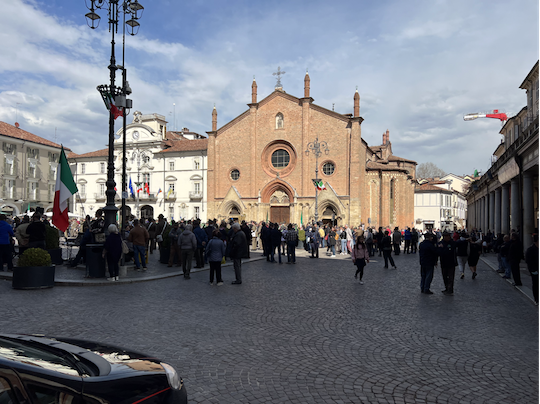
Piazza San Secondo and its church. Credit: Sean Ring
We’ll join the festivities later today.
In the meantime, I watched an interesting video this weekend from Real Vision titled “Getting In Early to Metals and Miners.”
Disclosure: I’m long GDXJ right now in my retirement portfolio. That’s the Junior Miners’ ETF.
But the chatter on gold isn’t what caught my ear. It was the chatter about another metal barely anyone had heard of.
What’s Vanadium?
One day, I remember taking out my toolset to fix something in the apartment.
As I grabbed my screwdriver, the lettering on the shaft was glinting in my eye. I turned the screwdriver gently to read the inscription. I thought it was going to be the manufacturer.
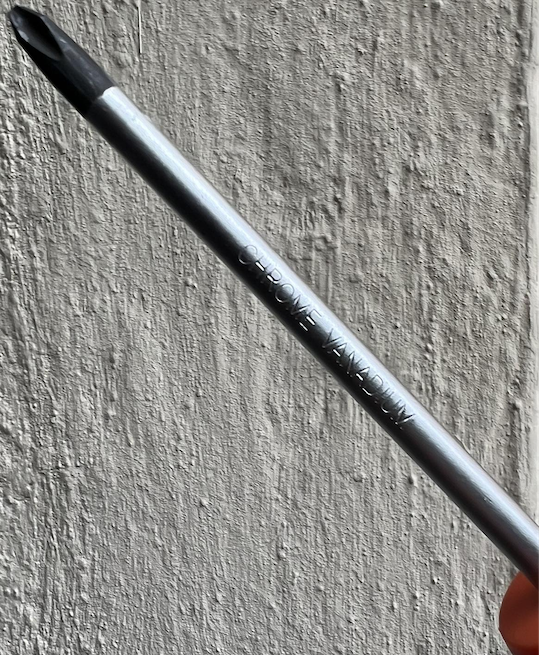
Credit: Sean Ring
Instead, it read, “CHROME VANADIUM.”
I thought to myself, “What the heck is chrome vanadium?”
Quickly, chrome vanadium is an alloy made of chrome and vanadium. Not too hard, that one!
But what’s vanadium? And why didn’t my science teachers ever mention it?
Vanadium is a chemical element that’s a hard, silvery-grey, ductile, and malleable transition metal.
Without getting too into the weeds, transition metals are generally known for their high melting and boiling points and ability to form complex ions and compounds with other elements. They’re also typically good conductors of heat and electricity, and many exhibit magnetic properties.
Some examples of transition metals include iron, copper, nickel, titanium, vanadium, zinc, and gold.
These elements have a wide range of applications in industry, technology, and everyday life, including in the manufacture of alloys, electronics, and batteries, as well as in the production of various chemicals and materials.
That is, they’re essential.
On its own, vanadium is found in many minerals, including vanadinite, patronite, and carnotite. It’s usually produced as a byproduct of other mining operations.
Vanadium has several important industrial uses.
What Are Vanadium’s Top Five Uses?
Vanadium possesses incredible usefulness in a wide range of industries.
Its top five uses are (bolds mine):
- Steel production: The most significant use of vanadium is as an alloying element in steel. When added to steel, vanadium improves its strength, toughness, and heat resistance.
- Superalloys: Vanadium produces high-performance alloys called superalloys, used in the aerospace industry and other high-tech applications that require materials that can withstand extreme temperatures and stresses.
- Chemical catalysts: Vanadium is used as a catalyst in the production of several chemicals, including sulfuric acid and maleic anhydride.
- Energy storage: Vanadium redox batteries are rechargeable flow batteries that use vanadium ions in different oxidation states to store energy. These batteries have the potential to store large amounts of energy and could be used for grid-scale energy storage or in electric vehicles.
- Medical applications: Vanadium has been investigated for potential medicinal uses, including treating diabetes and cancer. Some studies have shown that vanadium compounds can help regulate blood sugar levels and inhibit the growth of cancer cells. However, more research is needed to fully understand the potential benefits and risks of using vanadium in medicine.
That’s the good news.
The bad news is that the United States doesn’t have enough of the stuff.
Guess who does?
What Are the Top Vanadium-Producing Countries?
Just America’s luck…
The top vanadium-producing countries in the world are:
- China: China is the largest vanadium producer, accounting for over 60% of global production. Most vanadium in China is produced as a byproduct of steel production.
- Russia: Russia is the second-largest vanadium producer, accounting for around 16% of global production. The country produces vanadium from several mines, including the Kachkanar mine in the Ural Mountains.
- South Africa: South Africa is the third, accounting for around 13% of global production. The country produces vanadium from the Bushveld Complex, a large igneous rock formation.
- Brazil: Brazil is the fourth, accounting for around 5% of global production. The country produces vanadium from the Maracás Menchen Mine, located in Bahia.
- India: India is the fifth, accounting for around 2% of global production. The country produces vanadium from several mines, including the Rampura Agucha Mine in Rajasthan.
What a coincidence… If you rearrange the first initials of those countries, you get BRICS!
You know, those guys who are frantically trying to de-dollarize.
And who are the top five countries America imports vanadium from?
According to the US Geological Survey, Canada accounts for 26% of vanadium imports. The next four are, unsurprisingly, China (14%), Brazil (10%), and South Africa (9%).
As for substituting vanadium, the USGS says the aerospace industry is out of luck:
Steels containing various combinations of other alloying elements can be substituted for steels containing vanadium. Certain metals, such as manganese, molybdenum, niobium (columbium), titanium, and tungsten, are to some degree interchangeable with vanadium as alloying elements in steel. Platinum and nickel can replace vanadium compounds as catalysts in some chemical processes. Currently, no acceptable substitute for vanadium is available for use in aerospace titanium alloys.
But what about everyday folk?
An Everyday Use of Vanadium.
Let’s get back to my chrome vanadium alloy screwdriver.
Apparently, it rivals Leonard Read’s pencil in “I, Pencil.”
As we mentioned, chrome vanadium is a type of steel alloy that contains both chromium and vanadium.
It’s made through steelmaking, which involves melting iron and other metals in a furnace and adding various alloys and elements to create a specific type of steel with the maker’s desired properties.
Chrome vanadium steel is known for its strength and durability. It’s known as high-strength, low-alloy (HSLA) steel. That steel has a combination of toughness, hardness, and wear resistance.
Chrome vanadium steel is commonly used in manufacturing tools, such as wrenches, sockets, and other hand tools, and in automotive and industrial applications requiring high strength and durability.
It’s also used to construct high-performance engine parts and suspension components in racing and performance vehicles.
In addition to its strength and durability, chrome vanadium steel is also known for its resistance to corrosion and oxidation. That makes it suitable for use in harsh environments where other types of steel may be prone to rust and degradation over time.
Wrap Up
If you’ve read The Rude for a while, you know I was against the Russia sanctions from Day 1. And I’ve been proven correct repeatedly over this past year and a bit. The only people who are paying for this mess are Americans and Europeans.
So what should you do?
As America and Europe won’t import vanadium from Russia, that will put overwhelming upwards pressure on vanadium’s price.
I will look for companies that produce vanadium and, hopefully, get in cheaply.
I suggest you do the same.
Since The Rude is a big picture daily, I don’t write about single stock picks. However, some opportunities may lie with Bushveld Minerals (a South African company whose stock trades in London), Largo Resources (Canada), and Vanadium Corporation (Canada).
These are not recommendations, only potential opportunities. I don’t plan to buy any of these companies over the next 48 hours, at least.
Have a great week ahead!

❤️🔥HOLY SMOKE! An American Pope!
Posted May 09, 2025
By Sean Ring
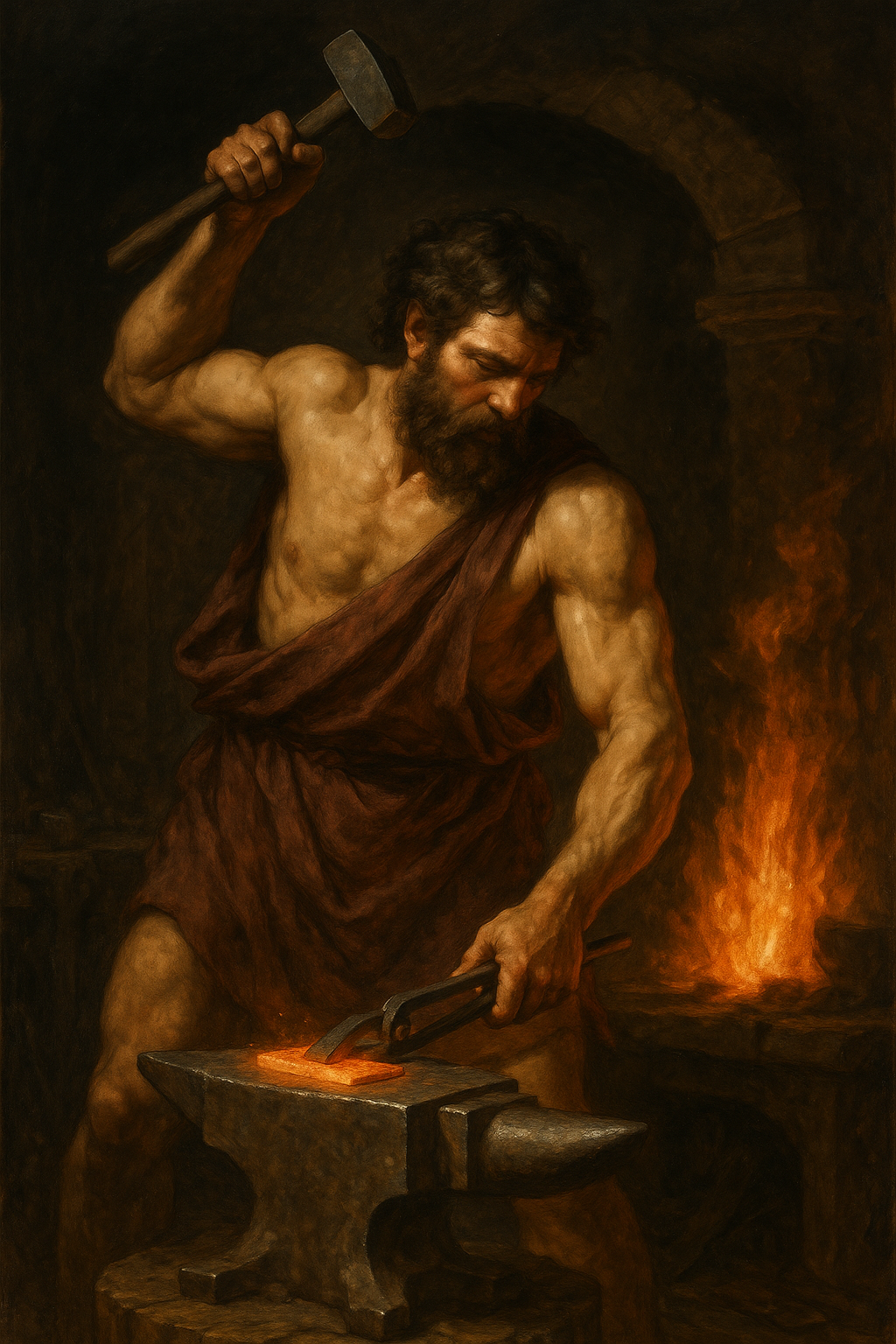
The Age of Hephaestus Has Begun
Posted May 08, 2025
By Sean Ring

Fed’s “Stealth” QE Pushed Gold Above $3,400
Posted May 07, 2025
By Sean Ring
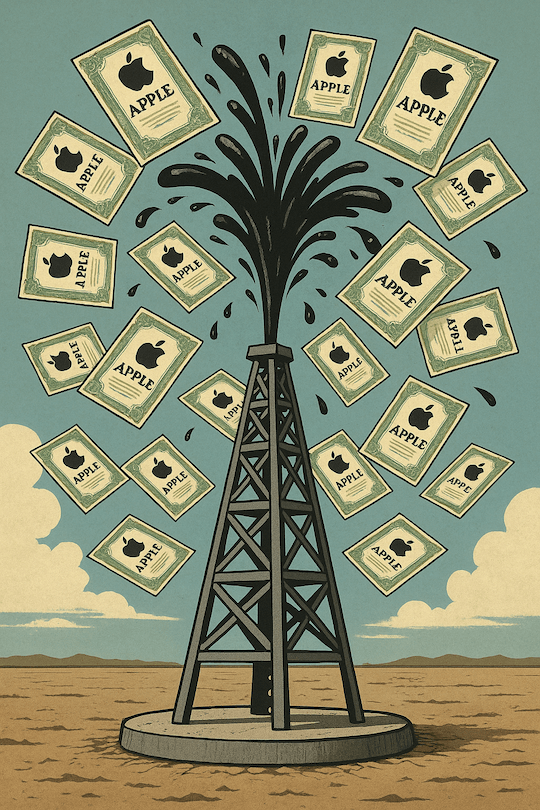
Turning Oil Into Apple
Posted May 06, 2025
By Sean Ring

Goodbye to the GOAT
Posted May 05, 2025
By Sean Ring
